Painful, bulging veins in your legs are not just a cosmetic concern. They could be a sign of a more serious condition that requires treatment. Here's what you need to know.
Are you embarrassed to wear shorts in the summertime? Do your legs harm, especially at the cease of the day, or are they consistently swollen?
Vascular issues aren't just a beauty concern or a part of getting old. The soreness you sense may be a signal of an extra serious circumstance that calls for remedy.
Your veins are the highways that take blood used by your organs and return it to the lungs for oxygen and then to the coronary heart to be recirculated. A roadblock can cause backups that result in leg pain, discoloration, and other progressive symptoms. Fortunately, vein treatment clinic have many options available to help.
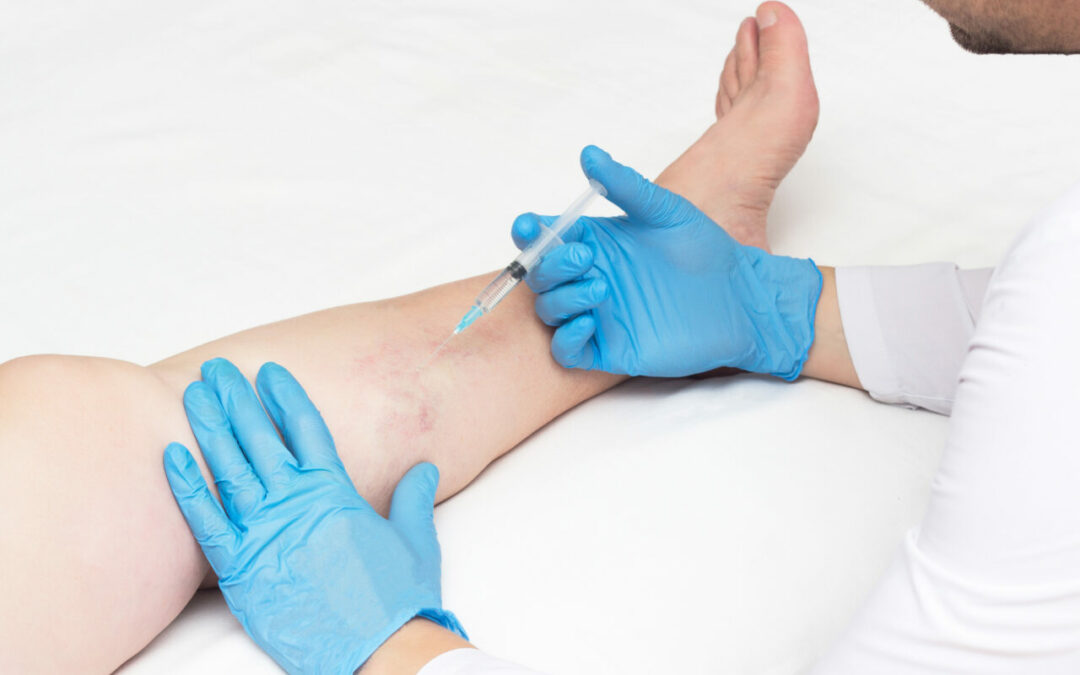
An Inside Look at Your Veins
Veins incorporate one-way valves that make certain blood flow in one course toward the coronary heart. When the valves are weakened or no longer paintings successfully, blood can glide backward and pool on your lower legs and ankles. This is known as venous insufficiency.
The pooled blood causes swelling and expanded strain inside the veins. Over time, this could cause leg aches and cramping, skin discoloration and modified texture, bulging veins, and wounds that won't heal.
Another reason for leg pain is a blood clot. A clot in a vein close to the skin floor, called superficial thrombophlebitis, can produce redness, tenderness, and swelling. A clot that paperwork in a deeper vein is deep vein thrombosis (DVT).
DVT can cause leg pain and swelling or may additionally produce no signs and symptoms at all. But DVT is extreme. If the clot breaks unfastened and travels via your bloodstream to the lungs, it is able to lead to a potentially fatal pulmonary embolism.
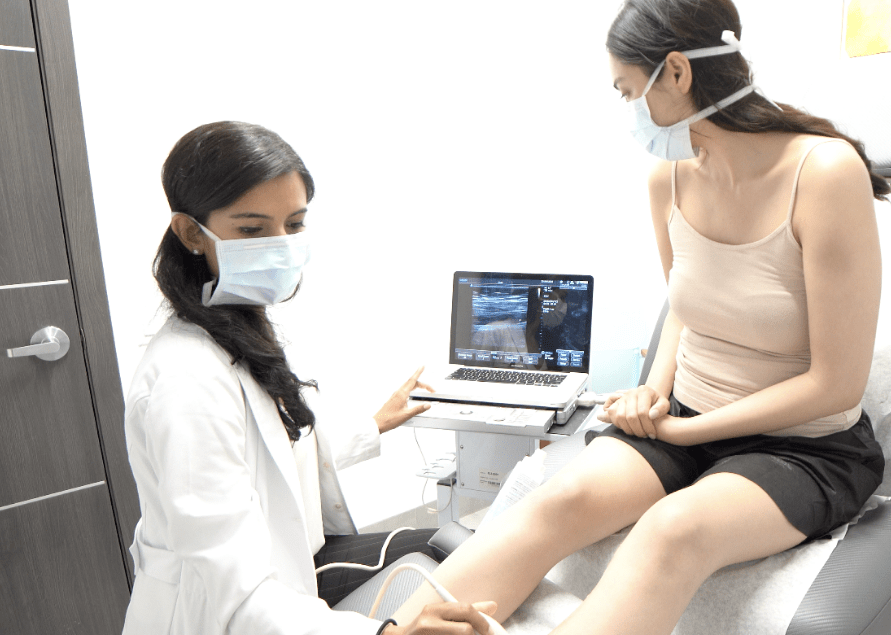
9 Signs It's Time to See a Vein Specialist
If you are aware of any of those symptoms, it's time to recollect journeying a vein remedy health center or consulting with a varicose vein expert:
● Swelling, pain, or cramping in your legs or ankles
● Skin discoloration
● Dryness, roughness, or other texture changes in your skin
● Varicose or spider veins
● Skin ulcers or wounds that won't heal
● Restless legs, especially at night
● Leg fatigue and heaviness
● Tingling or numbness in your legs (neuropathy)
● Itching, burning, or tenderness in your legs
Diagnosing and Treating Your Vein Condition
Most vein issues are diagnosed with non- or minimally invasive techniques, consisting of ultrasound or MRI. If you are wondering what is a vein center? It's a specialized facility centered on diagnosing and treating vascular situations, along with varicose veins, spider veins, and different vein-associated problems.
Vein remedies rely upon your circumstances. Varicose veins can be handled by wearing compression stockings or laser or radiofrequency ablation, sclerotherapy, or microphlebectomy.
Clots may need blood thinners, a clot-busting drug, or a venous clearout to protect your lungs and coronary heart. Sometimes, a surgical operation may be wanted, consisting of a pass or ligation. That's why finding a California Vein Treatment Center or consulting with California Vein Experts is crucial to your fitness.
Finding Treatment Near You
If you're searching for a vein treatment near me, it's vital to go to a specialized middle in which specialists can offer personalised care. A varicose vein expert will work with you to increase the excellent remedy plan tailored to your wishes, ensuring a higher quality of existence. But some people have a question about "Does spider vein removal really work? Yes, spider vein removal remedies like sclerotherapy and laser remedy are generally effective for reducing the appearance of spider veins, with many patients seeing extensive enhancements.
A vein treatment health center can provide modern-day alternatives in non-invasive and minimally invasive treatments, which will let you get lower back to playing life and feeling your first-rate.
Your vein and vascular professionals are there to carry out the most advanced tactics to treat varicose and spider veins, peripheral artery disease, DVT, pulmonary embolism, and more.
Connect with a health navigator today and schedule your consultation with a vein specialist.
Vein problems affect all individuals, although people mostly ignore symptoms until symptoms become painful or develop into serious medical complications. Your symptoms suggest it is necessary to consult with a vein specialist for treatment. If you are wondering what a varicose vein specialist called, they are called a phlebologist who treats all the major problems related to veins. Here are some of the major things you need to know about the vein treatment and how to get the signs when you are about to get the varicose veins. Continue reading the article to learn more about it.
1. Visible Varicose or Spider Veins
Varicose or spider veins must be your first indication to seek consultation from a vein specialist. People with varicose veins experience enlarged and twisted veins that appear as blue or purple marks. Yet, individuals with spider veins present smaller red or blue marks visible on skin surfaces. These two conditions occur quite often in people, yet their appearance as skin problems, in the beginning, may hide more serious vein health complications. A vein specialist should evaluate the condition whenever you spot new or spreading varicose or spider veins because they will determine which treatment to recommend. Before getting the treatment, know about “What is a vein center?” So that you are not worried further.
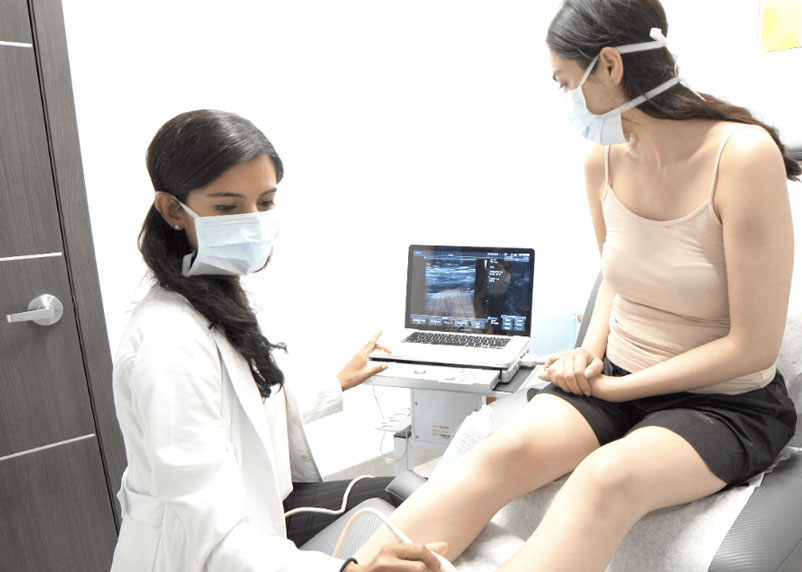
2. Persistent Leg Pain or Discomfort
Many vein sufferers experience persistent discomfort together with heavy or aching sensations in their legs. An array of symptoms from chronic venous insufficiency (CVI) affects most victims who show symptoms mainly following extended times in standing or sitting positions. A visit to a vein treatment specialist becomes necessary when your legs present with swelling along with tiredness or discomfort that begins to appear at the end of the day. A specialist will evaluate whether inefficient vein blood return to the heart exists through assessments and develop suitable treatments.
3. Swelling or Fluid Retention in the Legs or Ankles
Legs and ankles that become swollen represent a clear sign that you need to visit a vein treatment clinic for their services. Blood accumulation in dysfunctional veins causes fluid retention, thus leading to leg swelling. Your body feels a tightening effect at the same time as experiencing sensations of skin stretchability. Assessments from a vein specialist should be sought when persistent leg swelling continues even after you elevate your legs and rest because they can determine the right treatment methods, which could include compression therapy and minimally invasive procedures to promote better blood circulation.
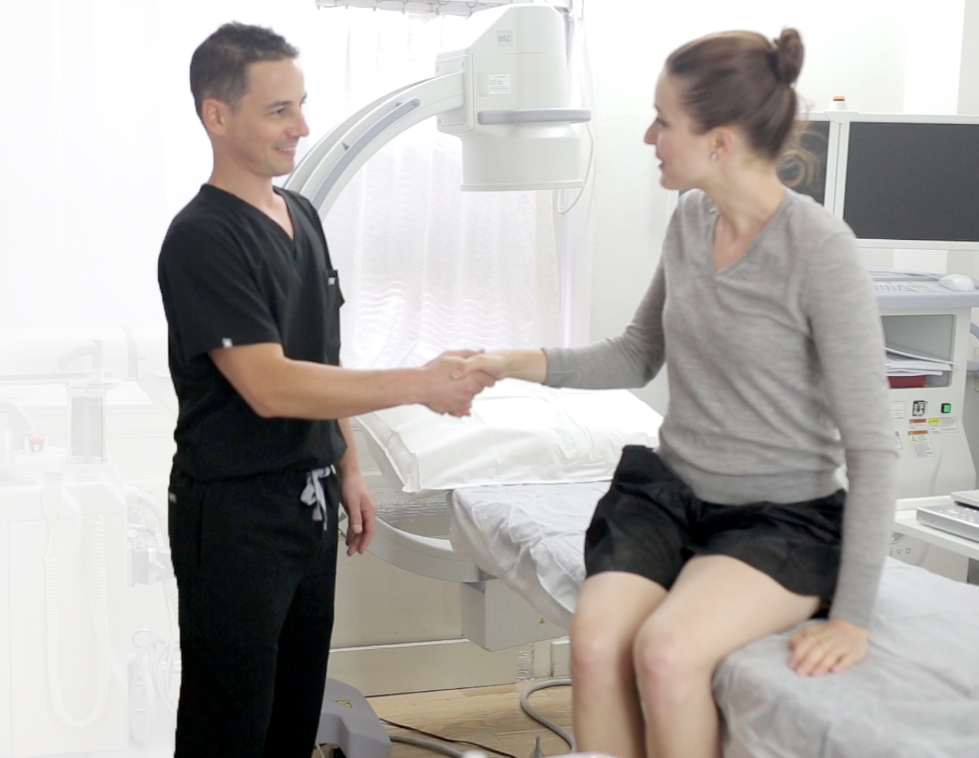
4. Leg Ulcers or Skin Changes
Any unhealing sores or discoloration, along with ulcers on your legs, should prompt a visit to a specialist because they indicate significant vein disorders. Healing time becomes longer because poor circulation stems from chronic venous insufficiency. Skin changes include brownish patches and ulcers that mainly appear near the ankle areas because of long-term poor circulation. A visit to the vein specialist for treatment planning is necessary if you experience healing issues with your skin or wounds because they will help restore proper circulation for better recovery.
5. Restless Legs or Night Cramps
People with vein problems may develop restless legs syndrome together with frequent cramps that urge them to move their legs during sleep constantly. The abnormal blood flow because of insufficient vein circulation leads to these unpleasant feelings. Visits to a vein treatment specialist will allow you to find the root cause of your restless legs or nighttime cramps, which specifically affect your calves.
In Conclusion
More than just a cosmetic worry, vein troubles can be a sign of more serious circulation difficulties that need to be treated by a doctor. Do not hesitate to consult a vein therapy professional if you are exhibiting any of the symptoms above. By reestablishing healthy circulation, early intervention can help you prevent more severe health issues and enhance your quality of life.
To ensure your veins are healthy and operating correctly, a specialist might suggest individualized treatments ranging from lifestyle modifications to minimally invasive procedures. If you are wondering about the “Does spider vein removal really work?” then it would be best that you take the consultation session.
The enlarged and twisted appearance of varicose veins becomes visible on the legs, yet these twisted veins exist as more than superficial cosmetic issues. When left untreated, these veins create discomforts that develop into severe medical conditions. The field of medical technology now offers patients minimal and successful vein treatment near me methods for varicose veins through its advanced developments. Interested to know more about it?
If yes, then continue reading the article.
Understanding Varicose Veins
The valves that control blood flow throughout veins become defective or weak during the development of varicose veins. Blood accumulation within the veins causes their size to increase along with twisted deformities in their structure. Patients who need advanced treatment methods must consider both lifestyle changes and compression stockings because their symptoms remain uncontrolled by these basic treatments. Also note that the varicose vein specialist called phlebologists are licensed and certified to treat every type of vein problem.
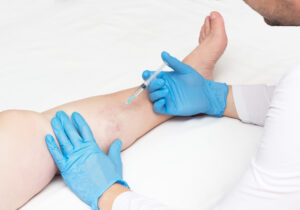
Advanced Treatment Options
1. Endovenous Laser Therapy (EVLT):
The minimally invasive endovenous laser therapy (EVLT) seals off affected veins through the application of laser energy. The thin laser fiber enters the vein to produce heat that will make the vein collapse and then permanently close. Through time, the body diverts the bloodstream through functional veins. Local anesthesia applied by vein treatment doctors allows the treatment to be completed effectively because the procedure has a brief recovery interval.
2. Radiofrequency Ablation (RFA):
RFA shares its core procedure with EVLT because it heats veins with radiofrequency energy in order to close them off. The healing process of this method benefits larger veins while maintaining low discomfort both during and after treatments. When the procedure is finished, people who undergo it normally resume their regular routine in several days.
3. Sclerotherapy:
The procedure of sclerotherapy requires medical professionals to inject a solution or foam into the damaged vein, which leads to tissue scarring and vein closure. The procedure provides beneficial results for treating smaller and spider veins. Patients can expect a rapid medical intervention that causes little suffering and keeps them away from work for brief periods.

4. VenaSeal Closure System:
Medical adhesive serves as an innovative treatment to close defective veins. Patients find VenaSeal treatment convenient because it does not need heating or multiple injections as part of the procedure. Wear of postoperative compression stockings becomes unnecessary after this procedure due to its effectiveness.
5. Mechanochemical Ablation (MOCA):
The MOCA method performs the treatment of varicose veins through the combination of mechanical procedures and chemical solutions. A catheter with embedded rotational wires accomplishes the damage within the vein wall, while medical agents trigger scarring and vein closure. Medical professionals use this method while performing the procedure with minimal need for anesthesia, and it demonstrates high clinical effectiveness.
Benefits of Advanced Treatments
The new surgical techniques outperform vein stripping operations because they provide multiple benefits. The procedures minimize patient discomfort while requiring brief recovery timelines along with limited interference in bodily tissue. These procedures take place outside hospital settings, which enables patients to start their regular activities shortly after completion. To learn more about “What Kind of Specialist Treats Varicose Veins,” book a consultation session with experts.
Conclusion
The progress within varicose vein treatment centers in CA has delivered both secure, efficient, and convenient treatment alternatives to patients. Always get medical advice regarding varicose vein symptom treatment to find the most suitable approach for your specific condition. The implementation of contemporary treatment approaches makes obtaining relief accessible.




